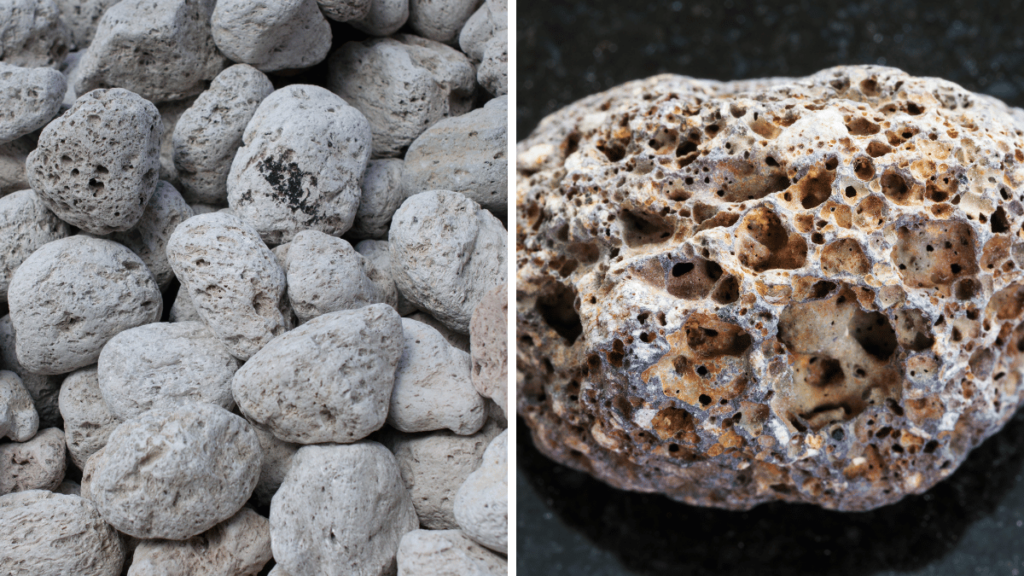
Pumice is one of the stranger stones out there. Less dense than water, with a wide variety of both industrial and personal uses, it’s actually the result of violent volcanic eruptions. Pumice itself has been used for thousands of years, and is still found in many products to this day.
But what is it? And how is it formed? Let’s scrape the depths and take a closer look at this offbeat stone.
What is Pumice?
Pumice doesn’t have a precise definition, instead, it’s applied to rocks that have the same qualities. Because of this, and the variable composition of magma, it’s hard to pin down it’s exact composition.
Pumice isn’t considered a mineral, although it may have some minerals within it. This is because it doesn’t have its own distinctive structure and formula.
Pumice largely consists of silica in the form of volcanic glass, similar to obsidian. It may also contain minerals in smaller amounts. Among the other bits are several oxides, ranging from sodium oxide to iron oxide, and trace minerals in varying amounts. The composition of pumice changes from deposit to deposit.
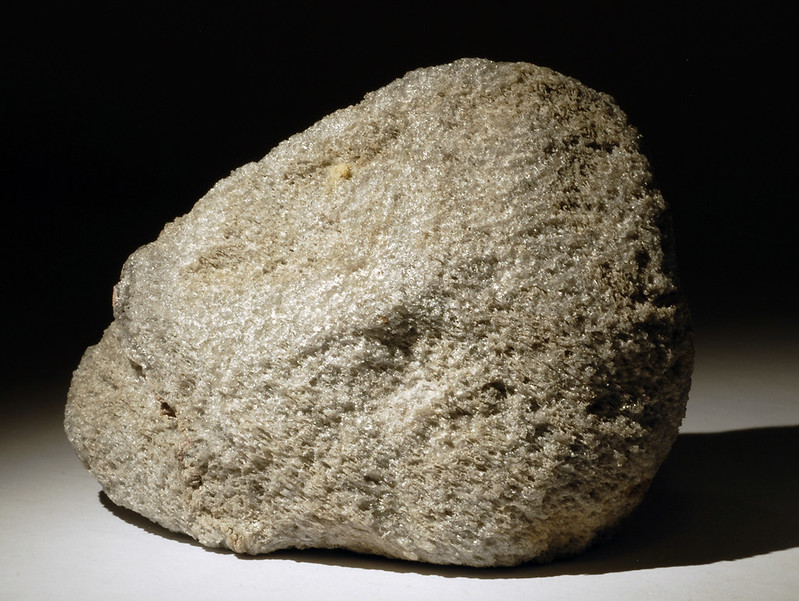
So it’s generally classified as an extrusive igneous rock instead.
What pumice does have is a set of qualities that make it unique among rocks.
The foremost of these is the fact that pumice is incredibly porous. In a tangible, practical sense, not in the same way that we talk about sedimentary bedrock that allows for slow movement of water underground. It’s porous enough that the vesicles (or gas bubbles) are easily visible to the naked eye.
This gives it a distinctive, abrasive texture that can be felt when you run a finger over the material. It also means that pumice can float on water since the majority of its mass is riddled with bubbles that trap air or other gasses inside.
Watch Pumice Float on Water!
Pumice is generally considered to be about 90% porous, which means there’s a lot more air than silica and mineral compounds in a chunk of it.
If you pick up a large chunk, you’ll be surprised at just how light it is. Few other rocks share this low density, although some volcanic tufts and porous sedimentary stones may be capable of floating. In some cases, more compact forms of silica mineraloids, such as obsidian, may also have enough vesicles to support floating but that’s pretty rare.
Pumice is actually quite hard, despite its lightness, sitting around 6.0-6.5 on the Moh’s scale. Oddly this makes it harder than the other famous volcanic glass, obsidian, and is one of the traits
that make it very useful rather than just a curiosity.
While pumice is generally white or cream in coloration, different variations are colored with impurities. These can range from pink to black to even green in color.
How is Pumice Formed?
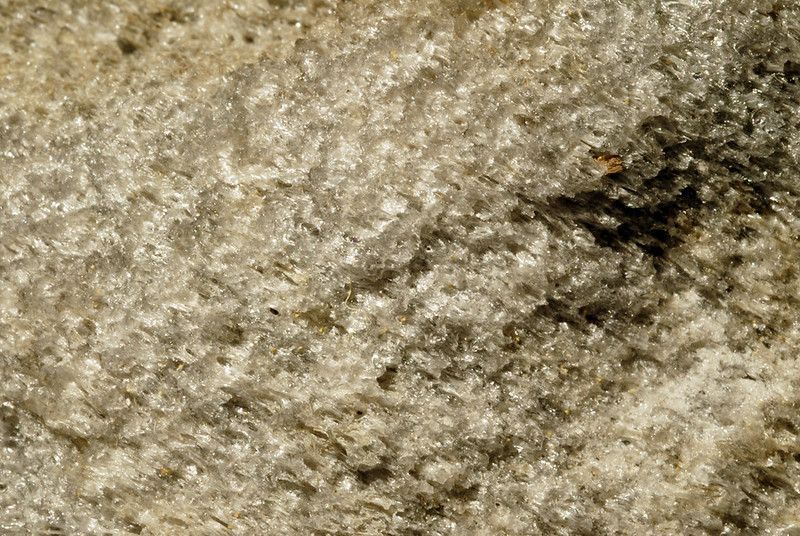
Pumice is formed during volcanic eruptions, like all igneous rocks. It begins it’s life as magma deep beneath the surface of the Earth.
It’s important to remember that magma doesn’t just contain minerals. It also contains gasses. Most of these gasses are made up of water (which is a gas at magma temperatures) or carbon dioxide with some intermixture of other volatile gasses.
The eruptions that create pumice are violent, and generally classified as explosive. This is the trick to the porosity of pumice. Basically, the high pressure of the magma’s own weight keeps gas bubbles quite small underground. As the magma comes forth in a quick manner, these gasses expand.
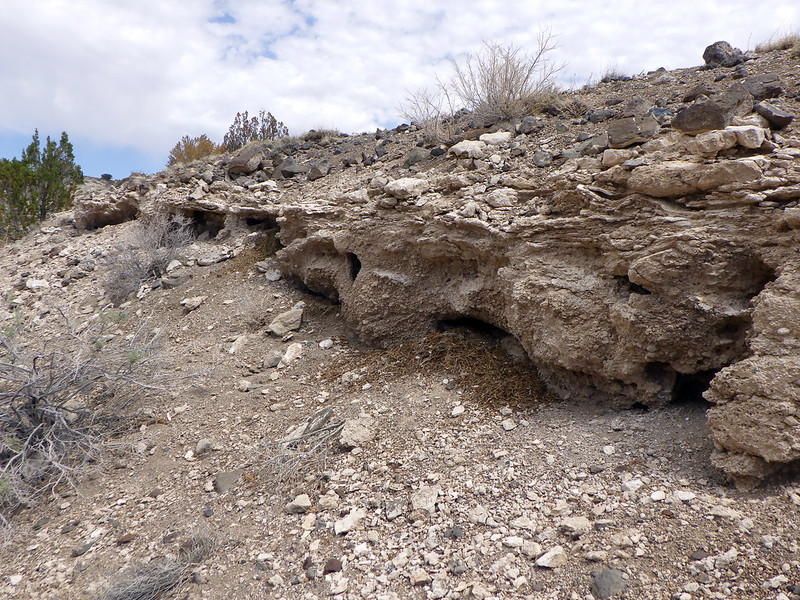
At the same time, sudden exposure to the relative cold of Earth’s surface causes the silica-rich magma to begin to dry or harden. This traps the filled vesicles on the interior of the pumice and creates its unique structure despite the relatively common compounds that it’s made of.
Pumice is sometimes also found as part of the pyroclastic flow of a volcano. This phenomenon occurs as part of the volcano’s eruption and consists of incredibly fast-moving and destructive clouds of ash, gasses, and loose minerals. The pyroclastic flow is actually the most dangerous part of most explosive eruptions, moving at over 60 miles per hour thanks to the rapidly expanding gasses as they reach surface temperatures.
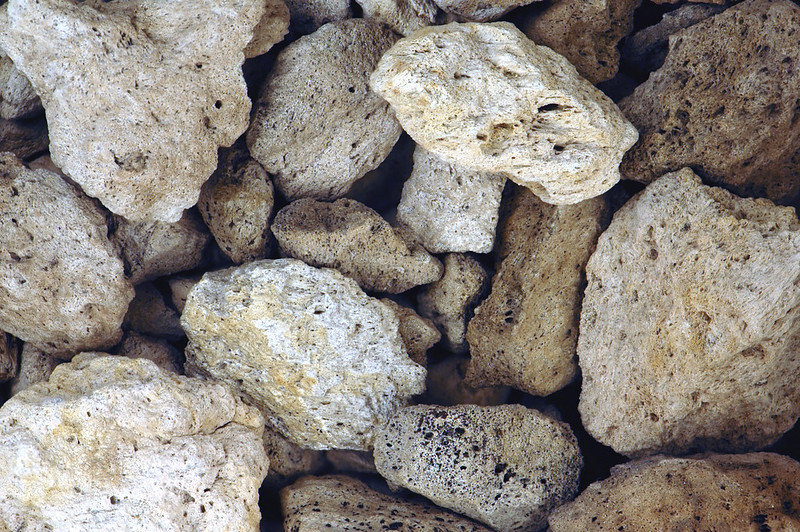
A pyroclastic flow, for instance, was responsible for most of the damage at the Mount St. Helen’s 1980 eruption. That particular eruption was classified as a Plinian eruption, meaning that it bore a remarkable similarity to the eruption that destroyed Pompeii in 79.
Essentially, it takes a violent eruption to create pumice.
Not just any magma will become pumice. It needs to be high in silica, high in diffused gasses, and highly viscous for everything to line up right.
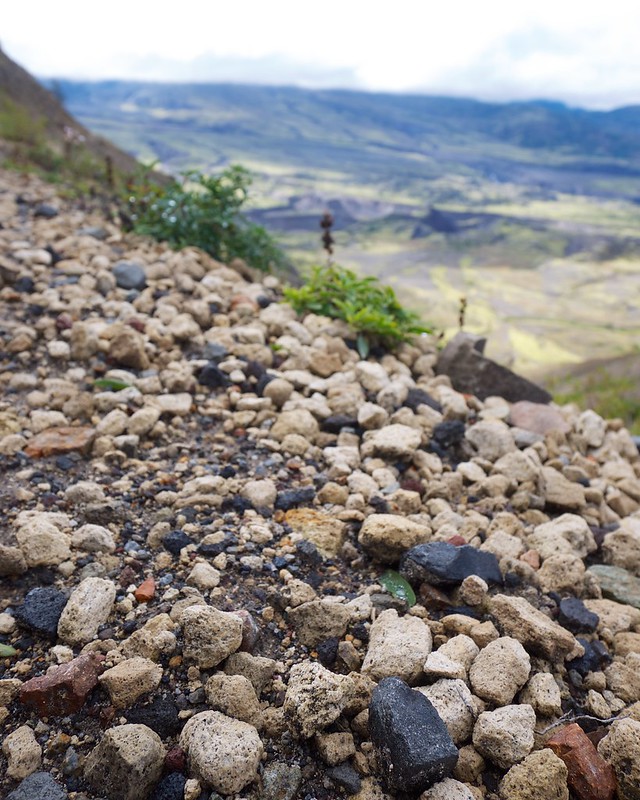
Geological Significance
In addition to being useful for some applications we’ll get into, the specific nature of things that are required to create pumice is very useful for geologists.
It can be used to trace back ancient eruptions, especially in areas where there has been repeated eruptions. Each layer of pumice created in the surrounding rock can be studied to figure out when an eruption occurred.
It’s also useful for dating rocks using chemical methods.
Due to its abrasive nature, large amounts of pumice can significantly alter the surrounding area. This can create new landmarks, change the course of waterways, and influence alluvial and sedimentary deposits in the surrounding area.
Pumice Rafts
Pumice is responsible for the geological oddity commonly known as a pumice raft.
In this case, submarine volcanic activity releases the right magma at the right velocity to create pumice underwater. It then floats to the surface thanks to its porosity. At other times, it may be a volcano near a lake or other body of water and the pumice just kind of ends up there after the eruption.
It’s important to remember that pumice doesn’t form layers in the same manner as many igneous stones, instead, it’s generally released as an aggregate of different-sized pieces. In the ocean, currents can cause these chunks to collide and form into a single mass.
While called rafts, it’s not really recommended to take a stroll on one. They’re unstable and you can easily fall through, although there are a few pictures out there of bolder scientists standing on them.
What is Pumice Used For?
Pumice has a wide range of different uses in day-to-day life.
My personal fascination with it came from finding out that the “Lava Soap” in my dad’s mechanic shop actually had rocks in it. A fascinating discovery for a child, who just knew the soap felt gritty and somehow managed to scrape off grease without a problem.
It’s still used for that purpose.
Larger stones are sometimes used to remove callouses from hands and feet, a purpose for which it’s been used since antiquity.
Pumice also has remarkable heat-insulating properties, which make it useful in the creation of fire blocks and bricks as well. It’s lightweight and easy to use when cut into these shapes.
Its low weight means it can be used as a filler in lightweight concretes as well. It’s ideal for weight-sensitive applications. It’s also found as a filler in numerous other products, from makeup to paints.
It’s also used as an abrasive. It’s hard enough to polish things like glass while being found in large enough quantities to not make it expensive. It’s used more often for things like buffing car wax than polishing rocks, but it’s considered the mildest of the hard abrasives available.
Indeed, pumice has been used since ancient times. Ancient uses even included using it in medicine.
All of this use doesn’t stem from the chemical structure, but instead from the physical presence of the microvesicles in the material. It’s rather interesting, especially when you consider it’s non-porous cousin, obsidian, has also found extensive use by humans and has a very similar chemical structure.
Where is Pumice Found?
Pumice is relatively widespread. Layers of the material are common and large enough that the deposits are usually commercially exploitable. It’s also common in areas with stratovolcanos, which are steep-sided mountains that are or were volcanically active.
This poses a problem for collectors who’d like to gather their own.
Mining pumice is generally low-impact on the environment, but on a commercial scale, it involves removing a lot of material from an area. Commercially exploited areas are a no-go unless you can obtain permission from the landowner.
And most that isn’t on a private, commercial claim is in protected areas where removing rocks is illegal.
I lived in California, a large source of pumice, for over thirty years and was never able to find a spot to legally collect the stuff. Chances are there may be some obscure parts of the Cascade Range where collecting isn’t forbidden. I’ll admit it was just something I looked into on rare occasions and not a constant hunt.
The vast majority of pumice in the United States is in the West. The Cascade Range, a volcanic mountain range in Northern California and Oregon, is a well-known source of the material but it’s a complicated material.
Other states where pumice is found:
- Oregon
- Washington
- New Mexico
- Alaska
- Hawaii
So it may take some time to track down somewhere to legally collect the material if that’s what you’re after. Chances are that any area open to public collecting is going to be remote, and these mountainous regions aren’t the most hospitable places on Earth.
If you don’t mind buying it, pumice is relatively cheap and readily available in every color and size you could want online. I recommend going that route instead if you’re a collector and don’t have an obsession with pulling it out of the ground yourself.
Either way, this unique mineral has a place in every rockhound’s collection due to a combination of its unique properties and volcanic history!
- Online rock and mineral club for collectors of all levels!
- Find community with like-minded rock and mineral enthusiasts.
- Monthly Giveaways!
- Free Access to Entire Digital Library of Products (annual memberships)


